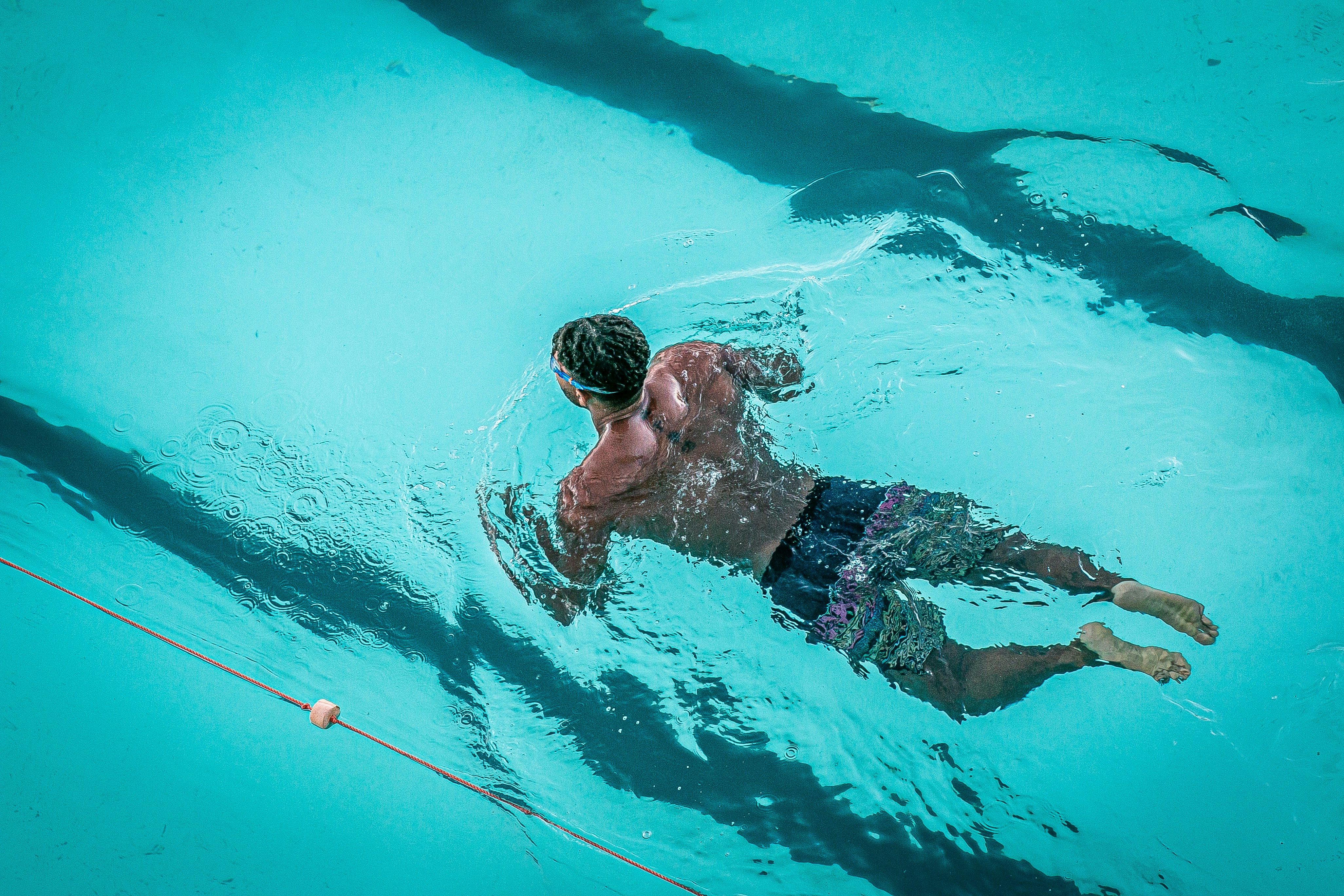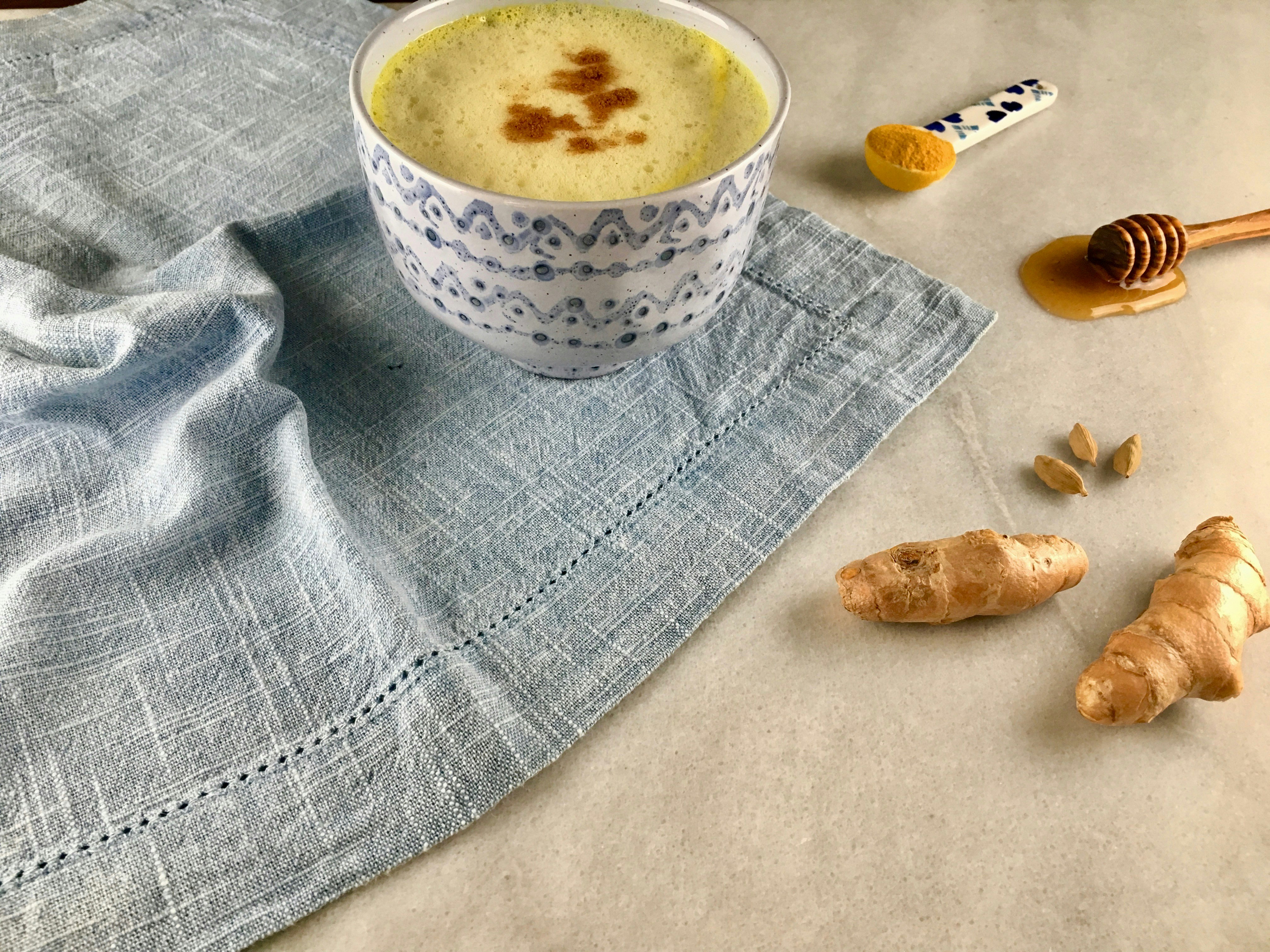Primal Movements: Rediscovering Our Body's Natural Strength and Flexibility
Before we were hunched over computers or confined to ergonomic office chairs, our ancestors thrived in nature by running, climbing, and navigating unpredictable terrains. This necessitated a high level of physical fitness, achieved through what we now refer to as primal movements. These are the fundamental actions that form the basis of our body's capability to move and survive, such as crawling, climbing, balancing, jumping, and lifting.

Historically, these movements were not performed as part of a structured exercise routine but were integral to daily survival. They demanded strength, endurance, flexibility, and agility, promoting a holistic approach to physical wellness that modern fitness often overlooks.
Primal Movements in Today’s Fitness Industry
Today, fitness trainers and physiotherapists are turning back the clock, incorporating primal movements into their exercise regimens. This trend is driven by a growing recognition that our bodies are designed to move in ways that modern life often doesn’t require, leading to physical imbalances and injury.
Primal movements work multiple muscle groups simultaneously, encouraging strength and flexibility throughout the body. They also stimulate the central nervous system, improving coordination, balance, and spatial awareness. Recent research supports these benefits, with studies showing that primal movement exercises can enhance athletic performance, aid injury rehabilitation, and promote overall health and wellbeing.
The Impact of Primal Movements on Beauty and Wellness
The benefits of primal movements extend beyond physical fitness. By engaging the body holistically, they can also enhance our appearance and psychological wellbeing.
For instance, primal movements can lead to improved posture, toning of the body, and reduced signs of aging, contributing to a youthful and vibrant appearance. The focus on natural, functional movements can also boost confidence and body image, as individuals learn to appreciate their bodies for their capabilities rather than their appearance.
Moreover, the mindful nature of primal movements can promote mental clarity and stress relief. By focusing on the quality of movement, individuals can be present in the moment, reducing anxiety and enhancing mood.
Bringing Primal Movements into Your Routine
Incorporating primal movements into your routine does not require a complete fitness overhaul. Simple changes, such as swapping machine-based exercises for functional movements, can make a substantial difference. For instance, instead of using a leg press machine, opt for lunges or squats that engage multiple muscle groups and improve balance.
For beginners, it’s advisable to start with basic movements such as crawling or balancing exercises. As strength and flexibility improve, you can introduce more complex movements like climbing or lifting.
Remember, the goal is not to perfect a particular movement but to engage your body in a way that is natural and functional. This approach encourages a deeper connection with your body, promoting self-care and wellness.
Reclaiming Our Primal Strength and Flexibility
In a world that often prioritizes convenience and speed, primal movements offer a refreshing return to our roots. By incorporating these movements into our fitness routines, we can reclaim our natural strength and flexibility, improving our physical health, appearance, and mental wellbeing.
Primal movements remind us that fitness is not about achieving a certain look or lifting a specific weight, but about nurturing our bodies in a way that is intuitive and holistic. In doing so, we can cultivate a deeper understanding of our bodies, empowering us to take charge of our health and wellness journey.
In essence, primal movements are not just a fitness trend but a lifestyle shift, compelling us to rethink our approach to fitness and self-care.





